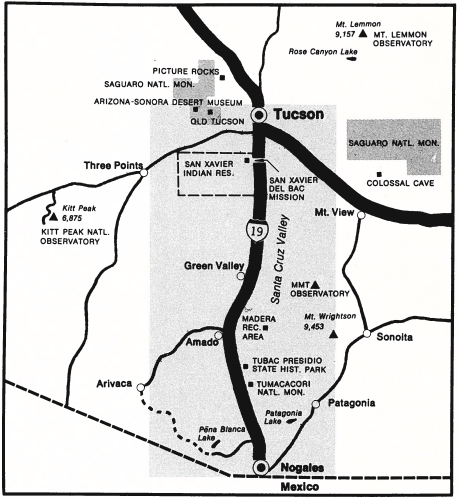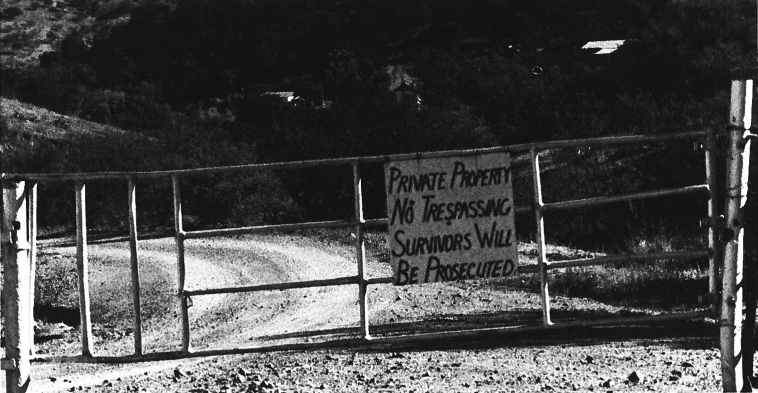Going back to the 80s with Arizona Highways magazine
Going back to the 80s with Arizona Highways magazine

Precisely 42 years ago, in January 1980, the Steelers defeated the Rams to win Super Bowl XIV, Frank Sinatra performed in front of his largest crowd ever of 140,000 concert-goers in Rio de Janeiro and the Rubik’s Cube debuted in London at the British Toy and Hobby fair.
Here in the Grand Canyon State, Arizona Highways magazine released issue Number One of Volume 50, dedicated to the beauty of southern Arizona.
The cover is a charming photo of the Pima County courthouse in downtown Tucson, firmly planted in history alongside the city’s modern skyscrapers. A great introduction to the periodical, which takes you from scenes around The Old Pueblo right down to the Mexican border.
The issue’s first story takes us to a few points along the Tucson Corridor which, today, can be accessed via Interstate 19. The most interesting of which is the boomtown of Calabasas. By the mid 1880s, Calabasas was a paragon of the Wild West: saloons, dance halls and gambling tables.
That boom went bust by the turn of the century as the Arizona and New Mexico railroad bypassed Calabasas for more desirable ground. Today, a golf course in Rio Rico sits atop the site of the former town.

Next, we go from gazing upon the past to looking toward the future as we visit Kitt Peak National Observatory on State Route 386. Kitt Peak is one of many astronomical facilities in the region that has been dubbed the “center of gravity” for the study of stars and space.
Among the many pictures in this spread, this view of the observatory at sunset is a standout.

Our trip across southern Arizona continues with a stop in Old Tucson, the now in-limbo movie studio that was home to the aptly titled Columbia Pictures film “Arizona,” starring William Holden and Jean Arthur. Legends Bing Crosby and Gene Autry also filmed movies there during Hollywood’s Golden Age.

We journey farther south again to gaze at the alluring elegance of Patagonia Lake State Park off State Route 82, just miles from the U.S.-Mexico border. Here we have another photograph at sunset and, really, there just isn’t a better time to take a picture in Arizona than at sunset.

The issue closes out with a dirt trail trek to another southern Arizona ghost town, Ruby. Now that name might sound familiar to those in the know. Ruby Road can be found off Interstate 19 and is also signed as State Route 289 from I-19 west to Pena Blanca Lake. Beyond the lake, though, Ruby Road is a risky path that leads to the home of the once-booming Montana Mine.
In 1909, Julius F. Andrews set up shop near the mine and decided to rechristen the land in honor of his wife, Lille B. Ruby. The name stuck and miners in Ruby extracted gold, silver, lead and zinc for decades until the 1940s saw a precipitous drop in ore returns. Not long after, Ruby became a ghost town and when Arizona Highways crews visited for this 1980 issue, they were greeted by this less than welcoming sign: “Private property, no trespassing. Survivors will be prosecuted.”

From ghost town to ghost town, the January 1980 issue of Arizona Highways magazine is a 48-page jaunt around southern Arizona and its unrivaled beauty. And 42 years later, it still reads like it’s hot off the presses.
